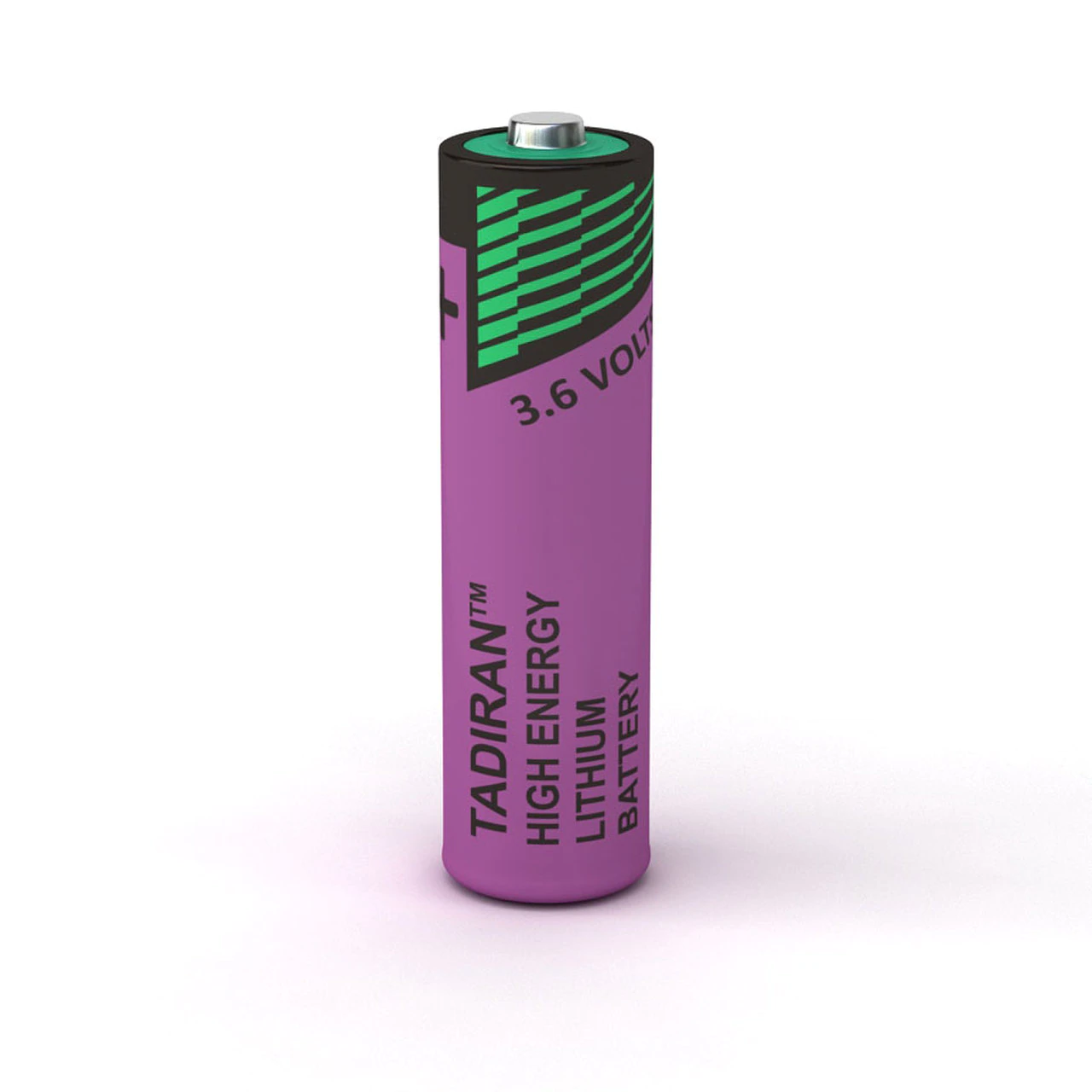Lithium batteries are now being used in areas, such as emergency lighting, where lead acid, cadmium and nickel batteries were used in the past. This article is a general introduction to batteries and the most popular lithium chemistries. It is aimed at readers in the lighting and building services sectors to enable them to make better informed choices when specifying batteries for emergency lighting.
A cell stores energy in chemical form. It consists of an anode, a cathode and an electrolyte. When the anode and the cathode are connected together the chemical energy is released as an electrical current.
A battery is two or more cells joined together.
There are many types of cells using many different chemistries. Generally, any one cell chemistry will be characterised by a specific voltage (V) and a specific capacity, usually measured in amp hours (Ah). These might not be suitable for all purposes, so it is common to join cells together to form a battery.
When cells are joined in series the voltage is increased, but the Ah capacity stays the same.
When cells are joined in parallel the voltage stays the same but the Ah capacity is increased.
Larger batteries will often contain cells joined together in both series and parallel. In this way, from one type of cell it is possible to produce batteries with a wide range of voltages and capacities to suit many different uses.
Outside technical circles these two terms, cells and batteries, are often used as if they mean the same thing, but here at NVC Lighting we like to get things right. So, a cell is a cell, and a battery is a number of cells joined together.
A primary cell or battery cannot be recharged.
A secondary cell or battery can be recharged.
In emergency lighting applications primary batteries are not used; secondary batteries are mandated by the relevant standards, such as BS EN60598.
Lithium cells. A lithium cell is a primary (non-rechargeable) cell which has a lithium anode. These are available in many shapes and sizes (including coin cells, AA and AAA sizes), using a variety of different chemistries.
Lithium-ion. A lithium-ion cell is a secondary (rechargeable) cell in which lithium-ions move from the anode to the cathode when charging and from the cathode to the anode when discharging. There are several types of lithium-ion cells.
Lithium iron. A lithium iron cell is one particular type of lithium-ion cell and it uses lithium iron phosphate (LiFePO4) chemistry.
The most common lithium cells include:



Charging: When being charged, the charger applies a voltage to the electrodes which is higher than the voltage the cell will produce by itself. This over-voltage forces lithium ions (Li⁺) from the anode to the cathode inside the cell. The lithium ions are positively charged so are moving in the same direction as the current.
Discharging: When the anode and the cathode are joined together a chemical reaction starts. Oxidation takes place at the anode and this creates positively charged lithium ions (Li⁺) and negatively charged electrons (e⁻). The lithium ions move within the cell to the cathode while the electrons move through an external circuit (doing work as they pass, such as powering an LED) also to the cathode, where a reduction reaction then takes place.

The movement of lithium ions, first in one direction then in another, is fundamental to the operation of a rechargeable lithium cell, so these are known collectively as lithium-ion cells.
You will notice that the direction in which the current flows changes between the charge and discharge states. Consequently, the cathode and the anode are not defined in terms of their +ve or -ve polarity. The anode, for example, is positive when the cell is charging and negative when it is discharging.
Instead, the anode is defined as the site where oxidation occurs in the discharge cycle, and the cathode is the site where reduction occurs in the discharge cycle.
There are many different types of lithium-ion cell, including:
LiFePO₄ is the correct chemical formula for lithium iron phosphate. The small ₄ indicates that there are 4 oxygen atoms (O) bound to one phosphorous atom (P). However, the small ₄ is hard to find on most keyboards, so when searching most people write LiFePO4. In this article we are using LiFePO4 because that’s most probably what you typed if you were searching in Google, but please be informed, LiFePO₄ is correct.